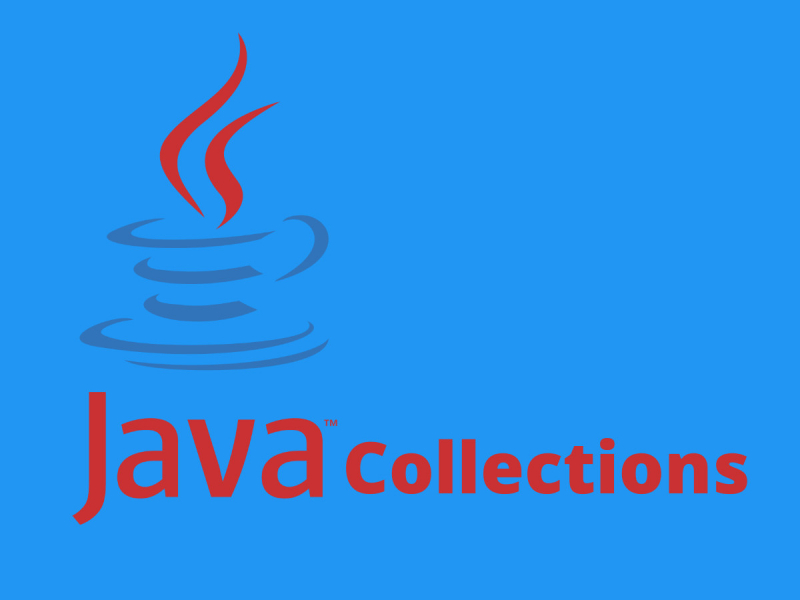

Streams – They facilitate operations like filtering, mapping, etc., to be carried out on collection elements in a parallel manner.


The main hierarchy starts with the interfaces, such as collection, list, queue, set, etc., at its top. The Collection framework in Java defines a set of interfaces and classes that allow a programmer to collect and manipulate data efficiently. Interfaces -> Abstract Classes-> Concrete Implementation Classes (i.e., ArrayList, Vector, LinkedList). The hierarchy of the Java Collection framework is. Describe the hierarchy of the Collection framework. The collection elements can be sorted using the sort() function, which also offers the min() and max() methods for retrieving the minimum and maximum values, respectively.These methods provide much-needed simplicity for developers, enhancing their ability to work with the Collection framework.It defines a number of practical collection-related methods, including sorting and searching.The most important operations available through the Collection interface are add(), delete(), clear(), size(), and contains().Ĭollections: A utility class found in the.Despite being a component of the Java collection framework, the interface's Collection is not passed down to the map interface.List, Set, and Queue are the collection interface's main sub-interfaces. It offers a variety of classes and interfaces for collectively representing a group of different items.The collection interface is the fundamental interface of the collection framework.It is comparable to the C++ programming language's container.It is used to depict various objects as a single entity.Collections differ from the Collection in Java as follows:Ĭollection: An interface is referred to as a collection in the. How do collections differ from the collections in Java?Ĭollections in Java are the classes and interfaces related to the collection framework for grouping elements. The collection of objects offers efficient implementation of several algorithms to manipulate these collections efficiently, like sorting, searching, or merging them optimally. In other words, the Java Collections framework provides a unified interface for accessing and manipulating different types of data structures, such as lists, maps, sets, etc. It contains interfaces, implementations, and algorithms for using data structures like lists, sets, maps, etc. Java's Collections framework offers an architecture for storing and managing a collection of objects. List Of Java Collections Interview Questions Q1. Its effective implementations can be utilized to build applications ranging from easily distributed systems to complicated programs. Algorithms for quickly searching, sorting, and modifying these collections are also included in the framework. To begin with, note that Java Collections offers robust data structures, like lists, maps, sets, stacks, and queues, allowing programmers to store and handle enormous amounts of data quickly. And to help you in the preparations, we have listed the 93 Java Collections interview questions with answers that you must know. Given this significance, it is extremely important for you to prepare well when appearing for a job interview in this segment. The Java Collections framework, a group of classes and interfaces, is the essential building element for creating data structures in Java.


 0 kommentar(er)
0 kommentar(er)
